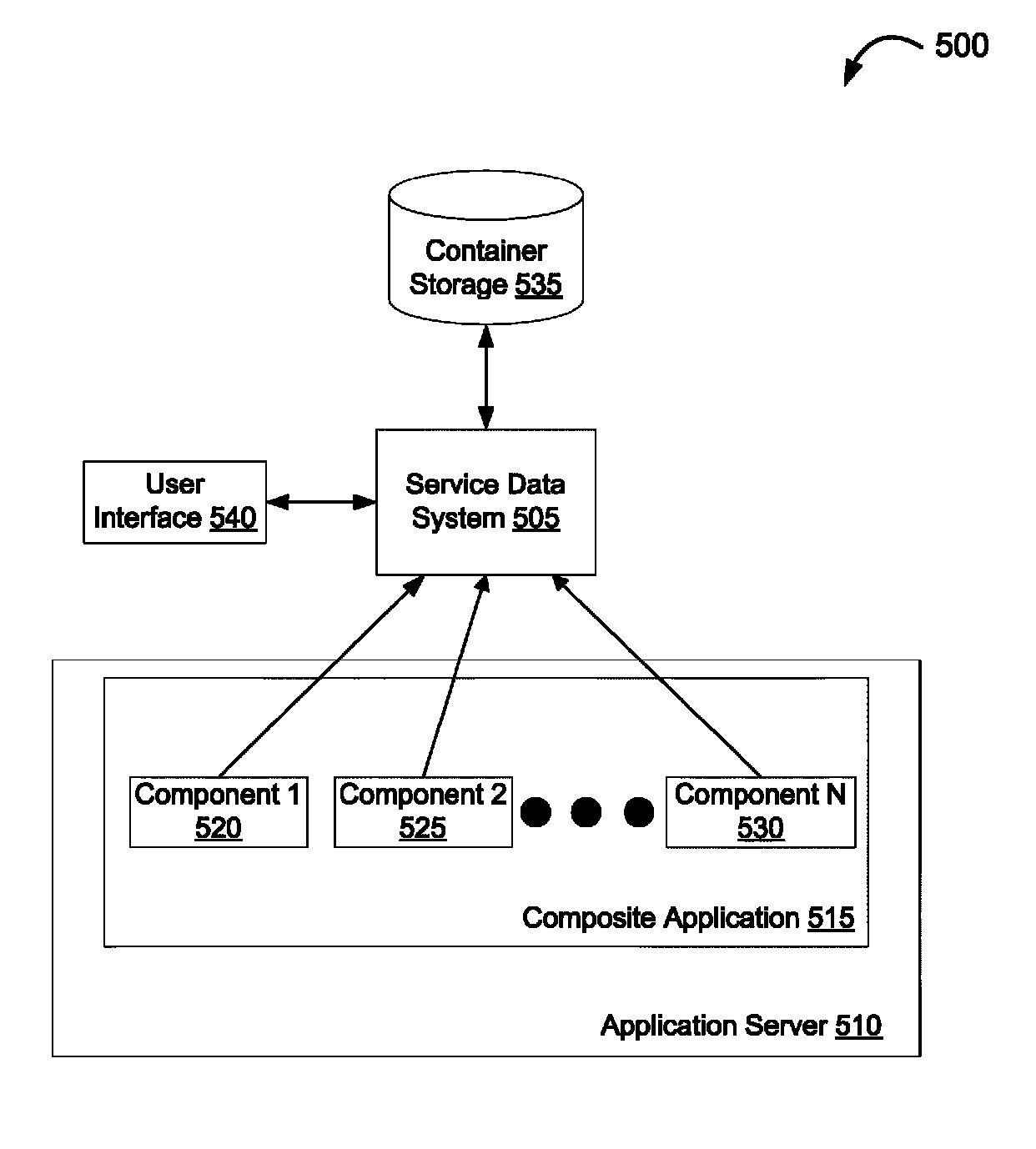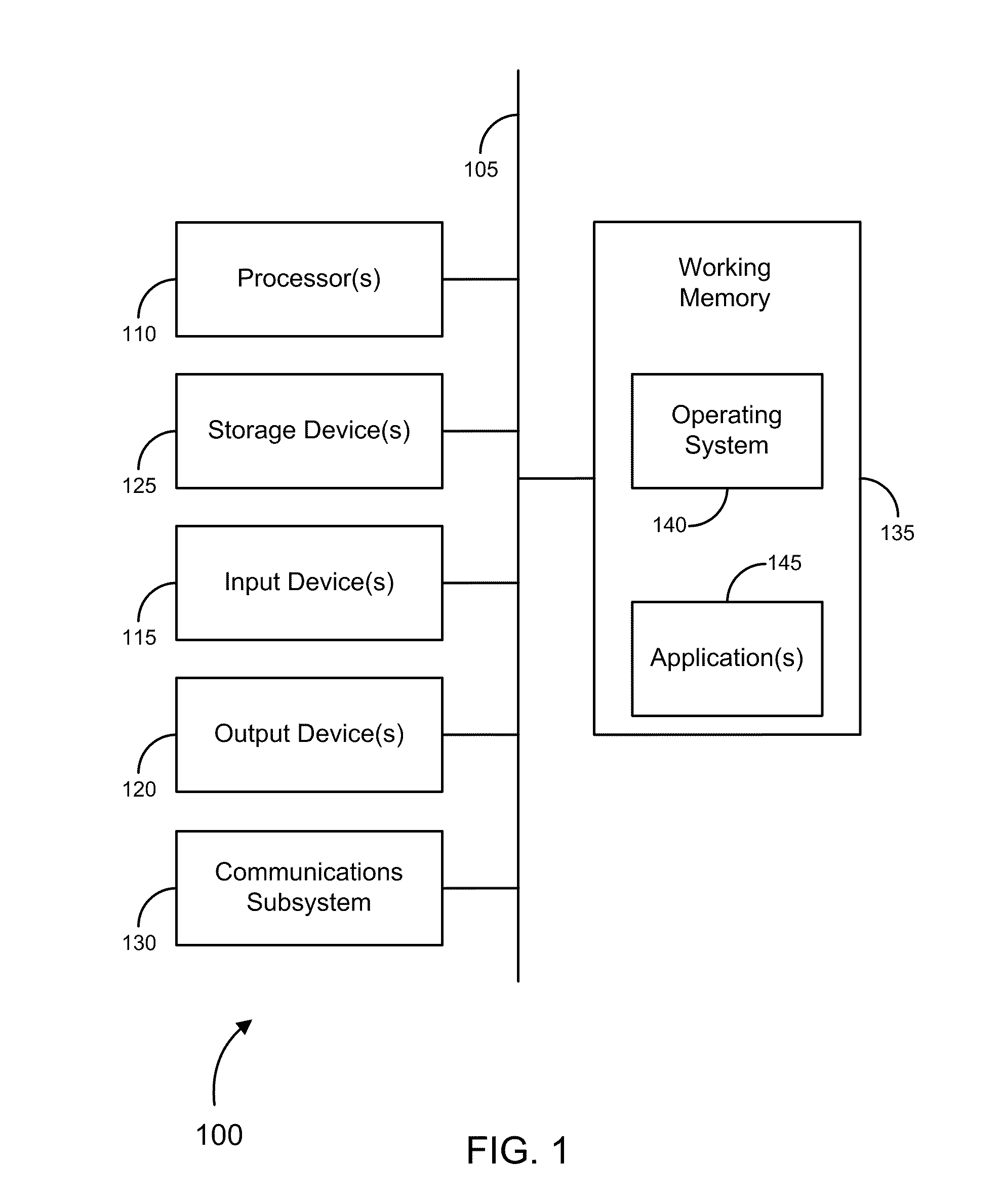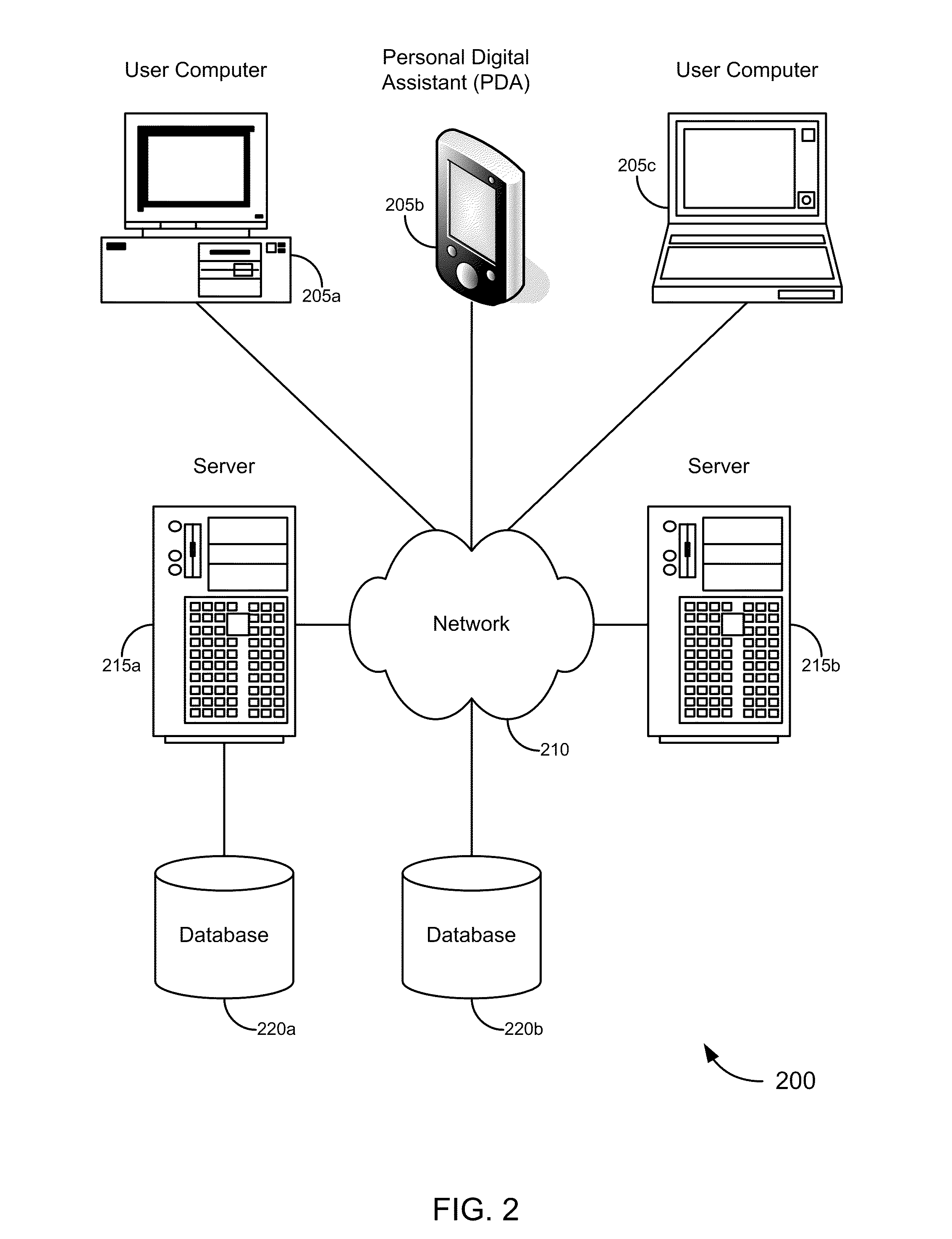Agile help, defect tracking, and support framework for composite applications
a technology of composite applications and support frameworks, applied in the field of help, defect tracking, support, etc., can solve the problems of inflexible business applications (e.g., erp, scm, crm, etc., to include configuration options to support changes in business processes, incur additional costs on the organization, etc., and achieve the effect of easy logging
- Summary
- Abstract
- Description
- Claims
- Application Information
AI Technical Summary
Benefits of technology
Problems solved by technology
Method used
Image
Examples
Embodiment Construction
[0031]While various aspects of embodiments of the invention have been summarized above, the following detailed description illustrates exemplary embodiments in further detail to enable one of skill in the art to practice the invention. In the following description, for the purposes of explanation, numerous specific details are set forth in order to provide a thorough understanding of the present invention. It will be apparent, however, to one skilled in the art that the present invention may be practiced without some of these specific details. In other instances, well-known structures and devices are shown in block diagram form. Several embodiments of the invention are described below and, while various features are ascribed to different embodiments, it should be appreciated that the features described with respect to one embodiment may be incorporated with another embodiment as well. By the same token, however, no single feature or features of any described embodiment should be con...
PUM
 Login to View More
Login to View More Abstract
Description
Claims
Application Information
 Login to View More
Login to View More - R&D
- Intellectual Property
- Life Sciences
- Materials
- Tech Scout
- Unparalleled Data Quality
- Higher Quality Content
- 60% Fewer Hallucinations
Browse by: Latest US Patents, China's latest patents, Technical Efficacy Thesaurus, Application Domain, Technology Topic, Popular Technical Reports.
© 2025 PatSnap. All rights reserved.Legal|Privacy policy|Modern Slavery Act Transparency Statement|Sitemap|About US| Contact US: help@patsnap.com



